Icons of EE: Rento Wolter Hendrik Hofstede Crull
As the last edition of ‘Icons of Electrical Engineering’ crossed the Atlantic into London through the efforts of Sebastian Ziani de Ferranti, you might have a clue of where we’re headed. Inspired by the Oyfo Technology Museum based in the old Hazemeijer factory in Hengelo I visited some time ago, it is time to discover the local engineers that were at the foundation of powering our dearest Twente.
Born in 1863, Rento Crull was a Dutchman contemporary to icons as Ferranti (1864). In his younger years, he was described as a stubborn kid, climbing on roofs if he could not have things his way. He was kicked out of high school for skipping school and insufficient marks and started working in metalworking, followed by a machine factory in Borne. He comes into contact with early electrical machines and his curiosity is sparked.
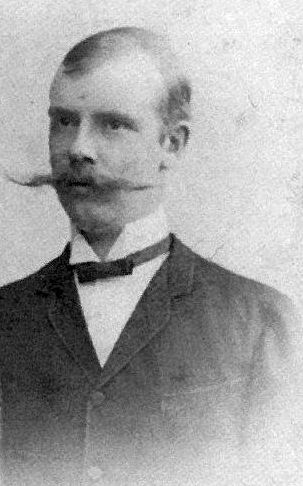
Figure 1: Hofstede Crull as of 1894.
He follows courses at the ‘Technicum Mittweida’, but had a hard time going after the money he needed for studying. His fathers inheritance, who had died shortly after Rento was born, seemed hard to claim. He stopped his study and instead attended the colleges by Wilhelm Kohlrausch, a renowned professor at the technical university in Hannover. He did not have the money to officially get his degree but did learn a whole lot from following the courses.
Unfortunately, there is very little documentation on the following period of his life. He appeared in the reports to a minister written by Professor Snijders from the ‘Polytechnic school’ in Delft.
Obviously, by the time of the ‘International Electrical Engineering Exhibition’ (1891), located in Frankfurt am Main, Snijders’ interest in electrical engineering had already taken off. He attended a presentation from Hofstede Crull about the advances made by American company ‘Thomson-Houston Electric Company’ about which he reported to one of the governments ministers. Hofstede Crull must have worked at the Thomson-Houston branch in Hamburg. Soon enough, he moved to the United States.
General Electric Company, under the lead of Thomas Edison, fused with Thomson-Houston Electric Company. This gave access to a lot of experience and patents for Hofstede Crull to learn from. Most likely, he met with Edison as he describes him in a local newspaper:
“Edisons power was industrializing invention. He had a forward looking spirit: There is future in it, let me invent it. He would enable all his personnel to realize the invention he envisioned. “
Hofstede Crull returned to Europe in 1894. He started an electrical engineering office in Borne for the Körting brothers he had been introduced to in his time studying in Germany.
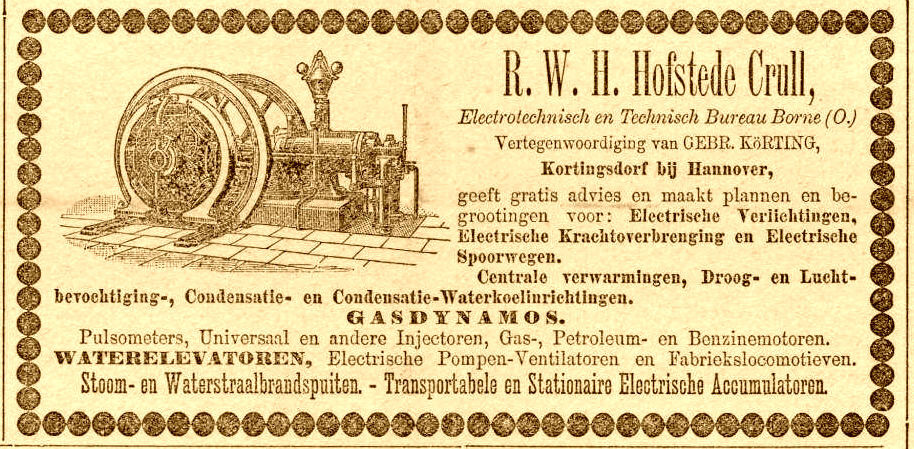
Figure 2: An advertisement in the Provinciale Overijsselsche en Zwolsche Courant, offering all the available goods they could supply.
Powering the country
The Kinderdijk in Alblasserdam was the very first place in the Netherlands where a public power plant was built in 1886 by Willem Benjamin Smit. In 1894, when the municipality of Borne signed with Hofstede Crull, it really was the first power plant that was built outside of a large city, which required a substantially different design.
The first electricity was supplied in August of 1896. This plant featured a Cornwall boiler, built by Stork in Hengelo, a steam turbine from Gustav De Laval imported from Sweden that powered a German Lahmeyer DC dynamo of 2 x 110V.
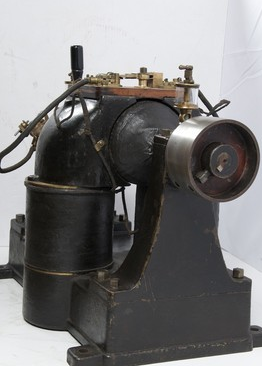
Figure 3: A picture of a dynamo comparable to the ones that would have been used in the plant in Borne.
This is why the international experience of Hofstede Crull was essential to the project; there was very little options in the Netherlands for the specific needs that the project required. Also, as the Current War was still raging on in 1896, it is obvious that Hofstede Crull took Edison’s side as he worked for the General Electric Company during his time in the United States, although it could have made more sense to use an AC dynamo in the less urban surroundings of Borne.
When Hofstede Crull started a similar project in Terborg in 1898, he had to switch to AC as the plant would be located 2 km from the town the electricity was needed. As the majority of engineers around that time also recognised that it was most beneficial to have an as big as possible power delivery area through the use of AC plants, Hofstede Crull was quick to follow.
The Twentsch Central-station for electrical power Supply (TCS)
In 1899, the chief of the national railway service (called “Dufour” back then) asked Hofstede Crull if he could supply electricity from Borne to power the new train station in Hengelo. It would be another risk for the Bornish, unsuccessful plant, if they could not live up to this new contract.
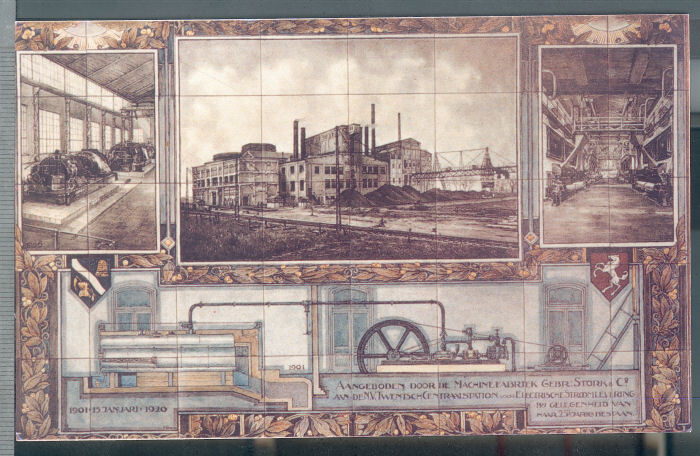
Figure 4: A tiling that shows the TCS, which can be seen at the Oyfo Techniekmuseum.
He started gathering funds from all kinds of sources in order to start up completely from scratch. He dreamt of a power plant that would be central in the region of Twente (thus, in Hengelo) that would allow him to supply a much larger target area. Using Willink’s contacts, he got the financials secured and started constructing a power plant that would first feature second-hand hardware. There was a strict deadline and the ordered piston steam machine would arrive too late.
One of the first big contracts of the TCS would be a high-voltage line to Delden. As Hofstede Crull had returned to another exhibition in Frankfürt, he came to know of the possibility of a three-phase current technique that would allow a distance of six kilometers to Delden without a substantial amount of loss. He tried obtaining this contract before with his old DC company in Borne, but did not manage to close the deal. With his new AC plant in Hengelo, there opened up a lot of possibilities.
In 1910 our dearest Enschede got connected to the TCS network through the first 10kV connection in the Netherlands. It was the last piece of the puzzle as the whole of Twente already got connected to the TCS.

Figure 5: A map of Twente in 1884. Important for distance references: Borne, Delden and Hengelo can all be seen on this map.
HEEMAF
If you have been to Hengelo before and had a look at a couple of the old factories there, you might recognise the name HEEMAF. The origins lie with Hofstede Crull and an associate named Willem Willink. He was a mechanical engineer and was related to four renown textile entrepreneurs from the Twente and the ‘Achterhoek’ regions, which would be essential in getting the start-up capital and potential contracts.
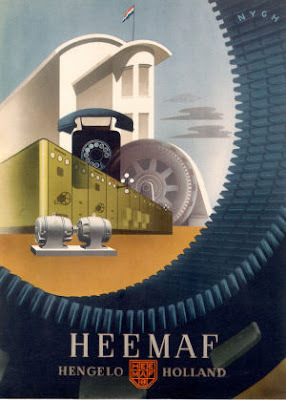
Figure 6: A Heemaf advertisement.
They started in 1897 under the name of “Hofstede Crull & Willink” in Borne but moved to Hengelo in 1900 as the Borne branch was getting too small. Hofstede Crull’s ingenuity and Willinks stability made for a very successful balance in the company.
Eventually in 1908, the company was converted into a limited company which meant that the name be changed into ‘Hengelosche Electrische En Mechanische Apparaten Fabriek’ or Heemaf for short. It was done because it enabled for easier financial growth at the expense of having to set up an audit board that would have full disclosure.
Heemaf grew to be one of the biggest suppliers of electrical machines and devices for private use. They were one of the first developers of the vacuum cleaner, worked on efficient light bulbs and were the suppliers of the first Dutch traffic lights. In the 50s they were considered the biggest private energy company in the Netherlands. They eventually got merged into Essent which is an operational energy provider as of today.
Retirement
When Heemaf started a new contract with the municipalities of North Branbant in 1916, a lot went wrong for Hofstede Crull. The communications with the municipalities caused issues, at its worst point having Hofstede Crull angrily assuring that he would get everything he could get out of the contract that he could, not agreeing to the terms that were set.
The audit board got word of this unfortunate cooperation that would be held accountable to the whole of the Heemaf enterprise. They concluded that Hofstede Crull had gotten overworked and as a result, having a hard time keeping his head cool. As a solution, they appointed two new directors next to Hofstede Crull and Willink. Hofstede Crull could not accept this and left the company in May of 1919, having been director for Heemaf for over 25 years since he and Willink started the company.
This was an interesting story to be included into the “Icons of EE” series. Hofstede Crull wasn’t so much one of the prominent players in the Current War, he does provide us with perspective on how the view from the Netherlands would have been. Once again it may be clear that he lived in a very exciting time for electrical engineers and we should admire the contribution he had to the total Dutch energy supply.
His story finishes in 1938 when he is buried in Borne with a lot of media presence. He had been a renown man for his difficult character but inexhaustible diligence. In order to keep this article somewhat readable, there was made a selection of achievements of Hofstede Crull to be included. If you are curious for more accomplishments, such as “De Vereneeigde Yzerfabrieken (VYF)” in Doetichem, being President Chamber of Commerce in Arnhem, his obsession with ‘Spyker’ cars among other things, then make a visit to the holechistorie page on R.W.H. Hofstede Crull.
Biografie Hofsted Crull, written by Jaap Tuik, published in 2009.
Piece on Prof. Ir. J.A. Snijders, honorary member of the “Elektrotechnische Vereeniging” from Delft.
